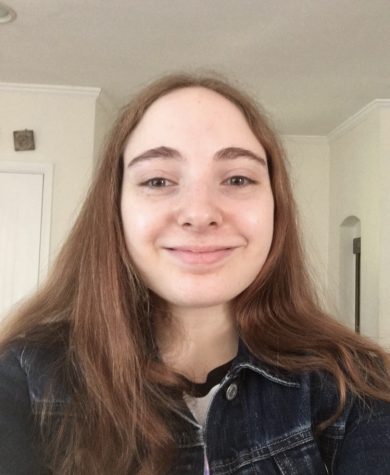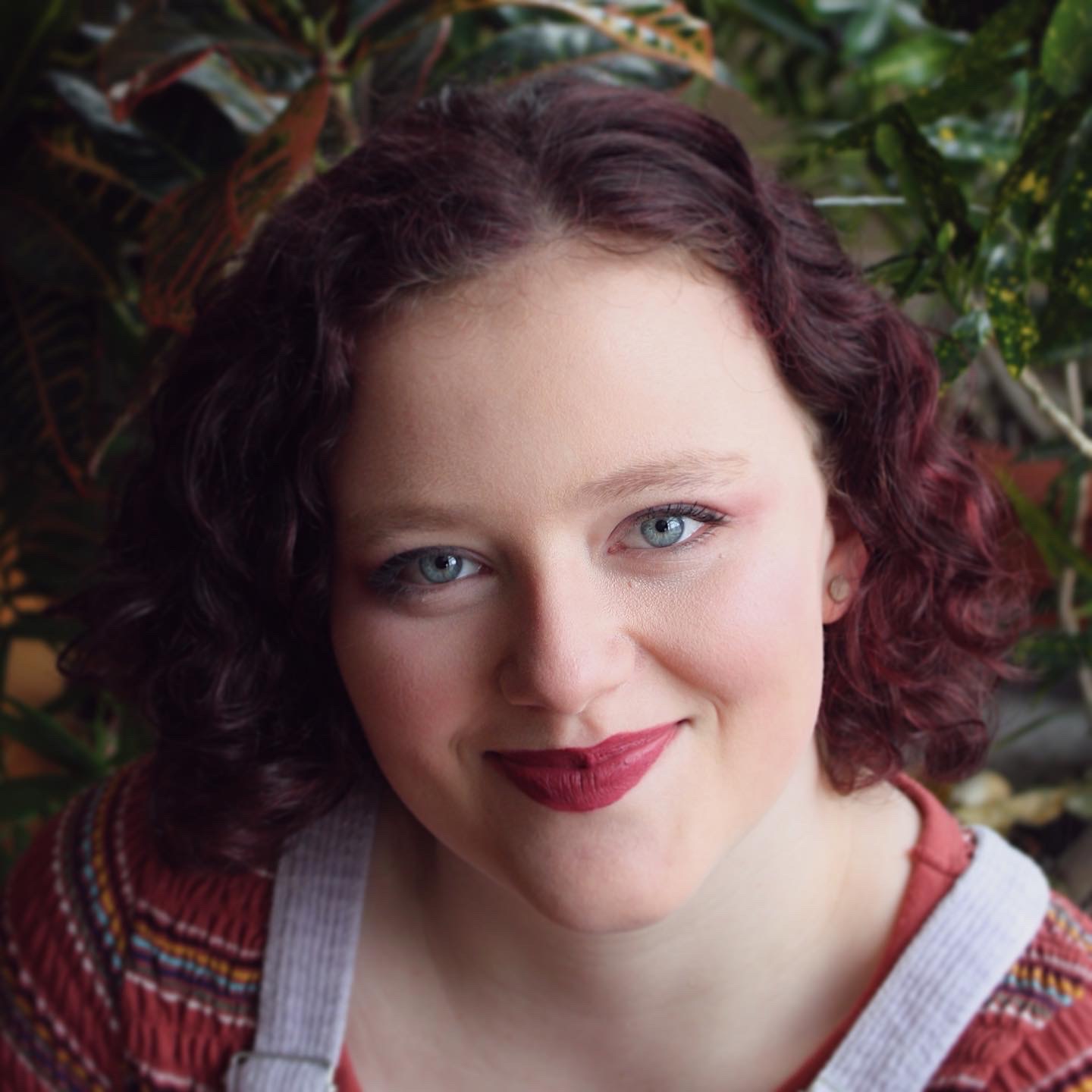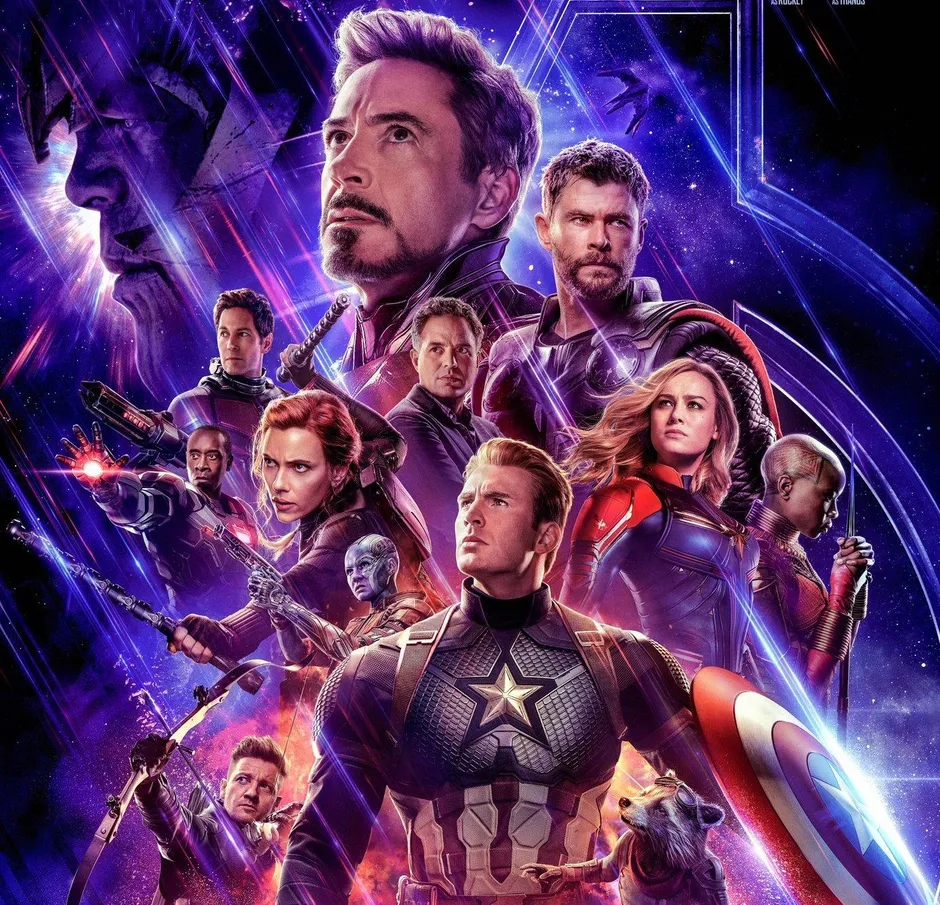Across the world, an audience of millions looks up to Marvel superheroes as role models and symbols of virtue. So what message do young viewers receive if the vast majority of these heroes are straight, white, cisgender males? For a company that prides itself on diversity, Marvel Studios includes shockingly few LGBTQ characters in their films and TV shows. Why is this? And why is more representation in Marvel films and TV essential?
As many fans know, far more LGBTQ characters can be found in Marvel comics than in the Marvel Cinematic Universe (MCU).
“I feel like [representation in the comics] is definitely a lot better, because there’s less attention on the comics. It’s more hidden,” said Anette Martinson, co-president of the Clayton High School Gender and Sexualities Alliance (GSA).
Early on, Marvel comics dealt with the issue of prejudice. Anti-mutant sentiment in the X-Men series can be seen as an allegory not only for racism, but also for homophobia and transphobia. It comes as no surprise, then, that many of Marvel’s LGBTQ characters are X-Men. In 1992, the X-Man Northstar came out as the first gay Marvel superhero. Another mutant, Jessie Drake, was featured in a 1994 comic as Marvel’s first transgender hero.
Since then, Marvel comics have featured over 60 LGBTQ superheroes. Series with a significant amount of LGBTQ representation include Runaways and Young Avengers. Some Marvel movie fans may be surprised to find that several popular characters from the movies are canonically LGBTQ in the comics, including Star Lord, Deadpool, Captain Marvel, and even Korg the Kronan rock monster.
Marvel has had much less success integrating LGBTQ characters into their films and TV shows.
“The representation in the TV shows and movies has been pretty awful,” said Martinson.
LGBTQ characters from the comics are not all explicitly LGBTQ in the MCU. In some cases, the films include subtle hints, such as Valkyrie’s flashback of her girlfriend dying in Thor: Ragnarok (2017). Storylines exploring characters’ sexualities and gender identities rarely make it to the big screen. When Black Panther (2018) came out, rumors circulated that a scene in which Okoye flirts with another female warrior had been cut from the film. Co-writer Joe Robert Cole told Screen Crush that the creative team considered including a queer romance in the film, but nothing made it into the final cut.
Of the few characters who are canonically LGBTQ in Marvel films and shows, several are side characters. A successful example is Deadpool 2 (2018), in which Teenage Negasonic Warhead and Yukio are explicitly portrayed as girlfriends. Because the Deadpool movies have a smaller audience, and are not technically part of the MCU, this did not receive much attention.
A more widely viewed scene takes place in Avengers Endgame (2019), when a nameless side character (played by director Joe Russo) briefly mentions going on a date with a man. Russo later told Deadline, “It was important to us as we did four of these films, we wanted a gay character somewhere in them. We felt it was important that one of us play him, to ensure the integrity and show it is so important to the filmmakers that one of us is representing that.”
This moment was praised as the first openly gay moment in Marvel. At the same time, many fans recognized the ridiculousness of the “Gay Joe Russo” cameo. If the Russo brothers wanted to include a gay character in their films, why not make them a superhero? Why not even give them a name?
A few Marvel films and TV shows feature main characters who are LGBTQ. Nico and Karolina from the show Marvel’s Runaways (2017-2019) are girlfriends. In Deadpool 2, a romantic attraction between Deadpool and Colossus is implied, though this is more joking than serious.
The popular Disney Plus show Loki (2021) includes a scene in which Loki acknowledges his bisexuality with the line, “A bit of both.” This moment was largely due to the show’s director, Kate Herron, who said an Instagram post, “From the moment I joined @officialloki, it was very important to me, and my goal, to acknowledge Loki was bisexual. It is a part of who he is and who I am too.”
Many Loki fans were overjoyed by this scene. Recalling the moment, Martinson said, “I remember I was so happy when he said that, because I was like, oh my god, a little bit of both, that’s me. . . Loki is me, I have loved him for so long, and it makes me so happy to see that aspect of myself represented.”
Even still, this brief comment had backlash, with some homophobic social media users claiming that Marvel had been ruined.
Marvel has likely been hesitant to include more LGBTQ representation in their films and TV shows out of fear that they will lose viewership. Recently, Marvel Studios pushed their usual boundaries with the film Eternals (2021), which features an on-screen kiss between Phastos and his husband. Because of this, the film was banned in several countries. Losing viewership may have a price, but the price of censorship is far greater. Eternals is the MCU’s first real step towards impactful LGBTQ representation.
That being said, not all representation is necessarily good representation. Marvel Studios has made their LGBTQ characters villainous on multiple occasions. One example is Justin Hammer, an enemy of Iron Man who was shown to have a boyfriend in the credits of the Marvel one-shot, All Hail the King (2014). Another morally flawed queer character is Jeri Hogarth, a lawyer from the show Jessica Jones (2015-2019) who cheats on her wife. While some argue that depicting LGBTQ characters as complex is important, others worry that depicting an LGBTQ character as amoral could be damaging—especially when there are very few heroic LGBTQ characters to balance them out. If all queer characters in films and shows are villains, viewers may be led to believe that all LGBTQ people are deceitful.
One of the most controversial shows among Marvel fans is Loki, for its handling of Loki’s genderfluidity. In Norse mythology and Marvel comics alike, Loki is depicted as genderfluid, meaning he does not have a fixed gender—He is sometimes male, and sometimes female. The comic book series, Loki: Agent of Asgard, did an excellent job of handling this aspect of Loki’s identity, frequently depicting her as a woman. In one powerful quote, Loki says, “I’m me. First, last and always.”
Loki’s show didn’t handle his genderfluidity with quite the same amount of care. Initially, many fans were hopeful that the show would explore Loki’s gender identity. A promotional Instagram post for the show displayed Loki’s case file, listing his sex as fluid. Additionally, the show includes a female variant of Loki named Sylvie.
Unfortunately, some felt letdown by the show’s treatment of the issue. Some lines in the show seem to imply that Sylvie is strictly female, rather than genderfluid—and that the other Loki variants are strictly male. Additionally, many fans were hurt by the romantic relationship between Loki and Sylvie, seeing it as a careless and even damaging depiction of genderfluid people.
Many members of the LGBTQ community are yet to be represented. To date, no transgender characters have been depicted in the MCU. Among the few LGBTQ characters, even fewer are people of color. This is troublesome, especially since Black transgender people continue to be disproportionately discriminated against in society. With a worldwide audience of millions, Marvel Studios has the power to bring marginalized groups visibility.
“There are so many different stories that still need to be told,” said Martinson.
LGBTQ representation in Marvel is essential. Superhero movies shape young viewers’ ideas of what it means to be a hero. In a world filled with homophobia and transphobia, LGBTQ youth may not always feel heroic. But when they see themselves depicted as strong, complex, and admirable heroes, they may feel more pride in who they are.
“I feel like the representation in superhero media is important, because it’s like, hey, you can be a hero,” said Martinson.


